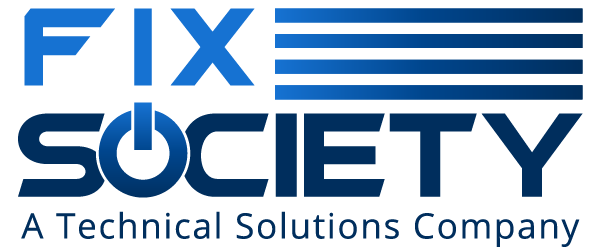A spokesperson for DJI said its products don’t send customer data to China and cited the results of a recent security audit by consultants Booz Allen Hamilton. It discovered some security vulnerabilities in DJI’s drones, which the company says it is addressing, but no evidence of connections to China. DJI argues that it would be better to require all drone vendors to meet defined security standards than to ban some companies based purely on their country of origin.
The Chinese company’s chances of escaping US government restrictions seem slim amid bipartisan support for legislation on foreign drones. Ulrike Franke, a policy fellow at the European Council on Foreign Relations, says the US campaign against DJI resembles that against telecoms provider Huawei in its breadth and its influence on US allies in Europe.
Skydio’s willingness to capitalize on DJI’s troubles is a reminder that despite Silicon Valley’s perceived disdain of government and recent protests at some companies against defense contracts, the tech industry remains entangled with the US government and military. A database of tech industry government contracts released by the nonprofit Tech Inquiry last week shows Skydio has deals worth at least $7 million, including with the Air Force, Army, and DEA.
Skydio was founded in 2014 and makes its drones near its offices in Redwood City, a short drone flight from Facebook’s home in Menlo Park. Bry says he chose to manufacture in Silicon Valley, one of the country’s most expensive locales, because making its drones smarter required tight integration between their hardware and onboard AI. That makes Skydio’s drones pricier—it’s first model released in 2018 was $2,499—but has more recently become important to government customers suspicious of China.
Other drone makers are working on autonomous flying too, including DJI, but Skydio has prioritized the technology, saying it’s needed for drones to become widely used. On its latest models, the onboard software uses video from six 4K navigation cameras, three on top and three underneath, and a powerful processor from chip company Nvidia to build a 3D model of the drone’s surroundings and avoid crashes.
Skydio’s software can also recognize that a person or people are in the frame and can follow one person in particular by tracking their shape and motion, not any identifying characteristics. One of Skydio’s consumer drones had no trouble zipping along behind a WIRED reporter jogging erratically around Skydio’s rear yard. The aerial gadget weaved easily around trees and other obstacles before landing smoothly in Bry’s outstretched hand.
More drones in the hands of businesses and government would be good for Skydio, but some people wonder if it would be bad for society.
Skydio drones with “POLICE” stickers are used by cops in Chula Vista, California, which last week won FAA approval to fly beyond an operator’s line of sight. Police drones were common at many recent protests in US cities against racist policing. Democratic state lawmakers in New York were spurred to introduce a bill to ban police drones at demonstrations and concerts and to require a warrant for any law enforcement use of the technology. The New York Civil Liberties Union has praised the legislation, saying that, like other surveillance technologies, they are most often directed at vulnerable communities and covertly expand government power.
Unsurprisingly, Bry is comfortable with police drones but says he recognizes such concerns. “The more we expand beyond consumers the more potential there is for really positive impact, but it comes with the potential for misuse and abuse,” he says. The company is working on a set of ethical principles for use of drones to be released this summer, he says, covering topics including privacy and community engagement.


Recent Comments